Unraveling the Decline of the “Escape Plan” Film Series
The “Escape Plan” movie series began with considerable promise, captivating audiences with its fresh take on the prison break genre and an iconic duo at its helm. Yet, as the franchise expanded, a discernible and dramatic drop in quality and critical reception became strikingly evident. What factors contributed to this unfortunate trajectory, transforming a promising start into a largely forgettable series of sequels? Let’s delve into the underlying issues that led to the series’ sharp decline in ratings and audience interest.
A Stark Contrast in Critical Reception
The original “Escape Plan,” released in 2013 and directed by Mikael Håfström, received a generally positive reception. It boasted a respectable 7.8 rating on Douban and 7.2 on IMDb, indicators of a film that resonated well with viewers and critics alike. It offered a clever premise woven with thrilling escape sequences.
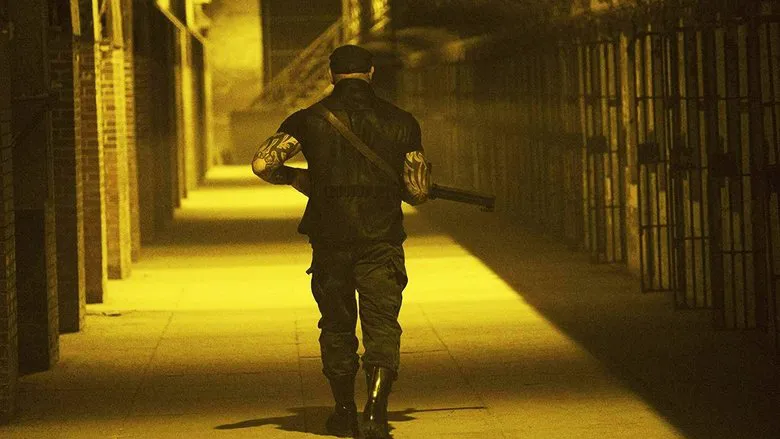
However, the subsequent installments painted a very different picture. “Escape Plan 2: Hades” and “Escape Plan: The Extractors,” directed by Steven C. Miller and John Herzfeld respectively, suffered massively by comparison. Their Douban scores plummeted to a dismal 3.2 and 3.7. The chasm between the first film’s successful reception and the sequels’ near-failing grades is undeniable and indicative of deeper problems within the productions.
Key Factors Behind the Downfall
Several critical elements converged to pull the “Escape Plan” series down, each contributing to a cumulative sense of disappointment for the audience.
Dwindling Star Power and Lackluster Performances
One of the singular strengths of the initial “Escape Plan” was the electrifying chemistry between action legends Sylvester Stallone and Arnold Schwarzenegger. Their collaborative on-screen presence evoked a deep sense of nostalgia for fans of their individual careers, delivering a dynamic similar to the cooperative spirit seen in classic video games like “Contra.” This legendary pairing provided the film with an undeniable magnetism.
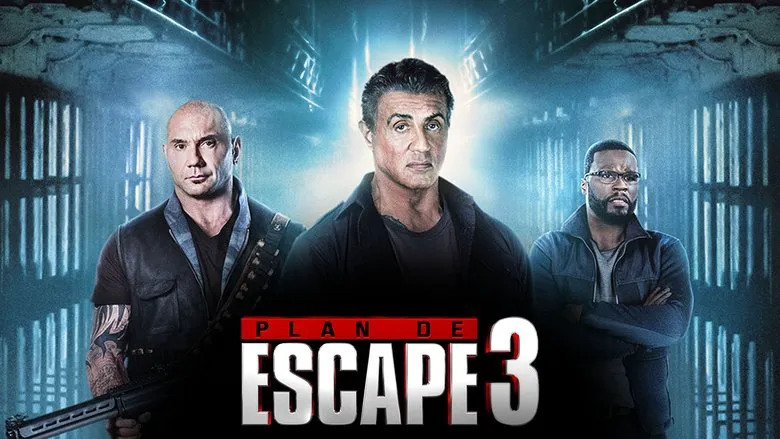
While the subsequent films brought in other recognizable names, such as Huang Xiaoming and Dave Bautista, their performances often fell short of the mark. They largely failed to generate the same level of spark or innovative presence that defined the original duo. Many actors in the sequels appeared to be merely going through the motions, seemingly content to rely on their celebrity status rather than dedicating themselves to genuine, compelling acting. The performances, at times, felt uninspired, detracting significantly from the narrative core.
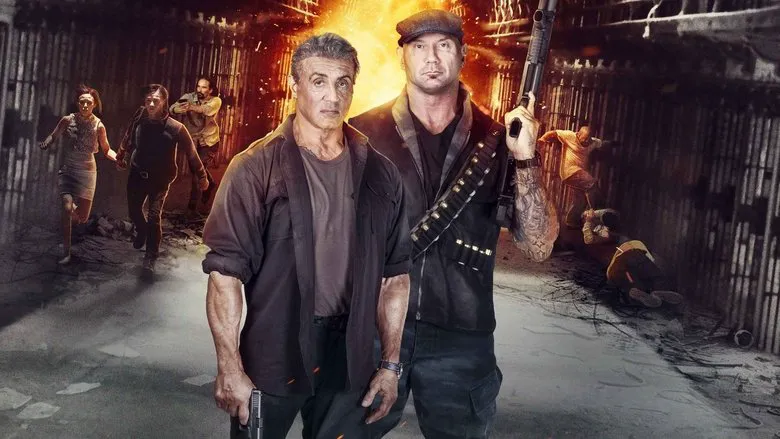
Derivative and Flawed Plot Design
Although all three films conceptually revolved around the intriguing premise of breaking out of seemingly inescapable prisons, the execution of this core theme varied wildly, leading to noticeable inconsistencies in logic and overall coherence. The latter two movies, in particular, struggled with a profound lack of originality and a perplexing narrative progression compared to the first.
The original film masterfully set up a personal challenge: one man’s singular focus on escaping an impregnable fortress. The sequels, however, muddled this clear objective. The second film convoluted the plot by shifting to a “my apprentice is trapped, I must go in and rescue him” scenario, thereby diluting Ray Breslin’s unique skill set. Followed by the third film, which devolved into a more straightforward, almost generic “jailbreak” plot with less emphasis on intricate planning and more on brute force. This lack of inventive storytelling and predictable arcs ultimately made the narratives feel both contrived and less engaging.
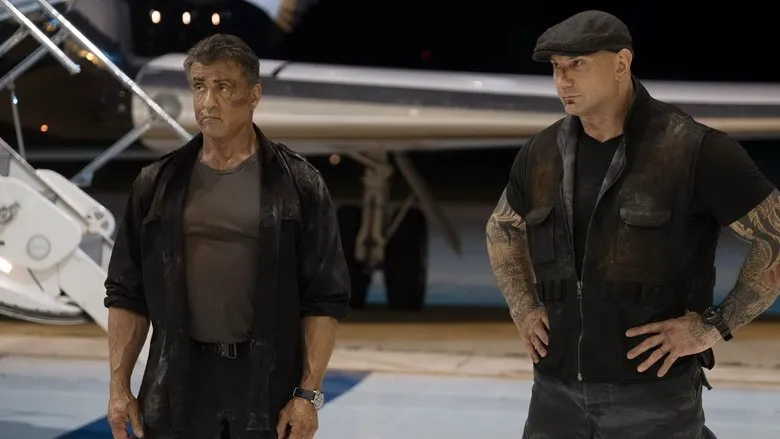
Dismal and Deteriorating Production Quality
As the series progressed, the production quality, rather than improving or maintaining standards, paradoxically declined. New and increasingly glaring problems surfaced, impacting the viewing experience significantly. Issues such as excessive and often unnecessary runtime additions bloated the films, while subpar special effects became increasingly apparent and distracting.
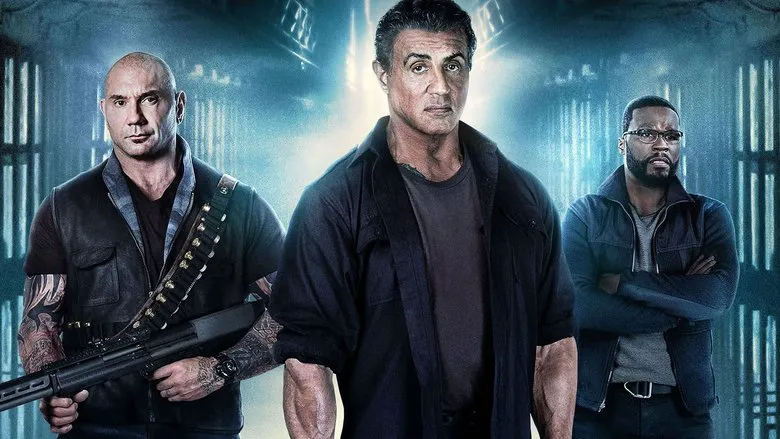
Audiences were left bewildered by the jarring experience of witnessing visual effects that seemed more akin to low-budget independent productions rather than what one would expect from a Hollywood action film. This noticeable decrease in visual fidelity and overall polish severely undermined the suspension of disbelief and left a lasting negative impression.
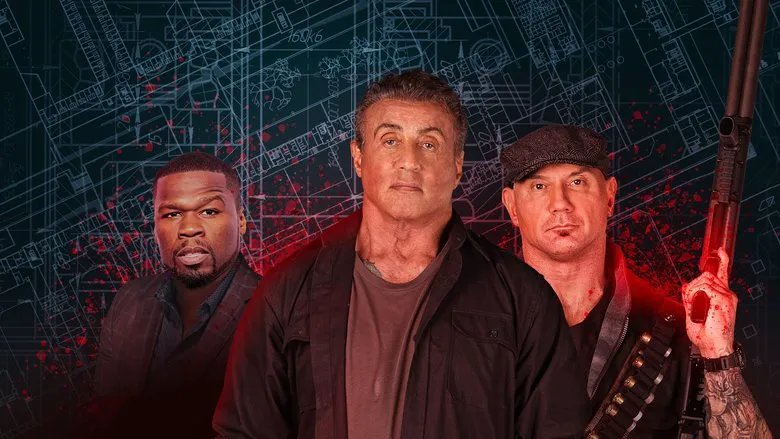
Mounting Audience Fatigue
The cumulative effect of these shortcomings—subpar acting, convoluted plots, and diminishing production values—contributed to significant audience fatigue, both for the series itself and, to some extent, the prison escape genre as a whole. This weariness translated directly into lower box office returns and overwhelmingly negative critical reception for the later films.
For instance, “Escape Plan 2: Hades” was particularly guilty of creating a sense of detachment through its directorial choices. The overuse of monotonous medium shots, irrespective of whether the scene featured intense dialogue or high-stakes action, created a visual flatness that quickly bored viewers. This, combined with jarring, shaky close-ups and hollow, uninspired dialogue, further alienated audiences, making it difficult for them to invest emotionally or intellectually in the narrative.
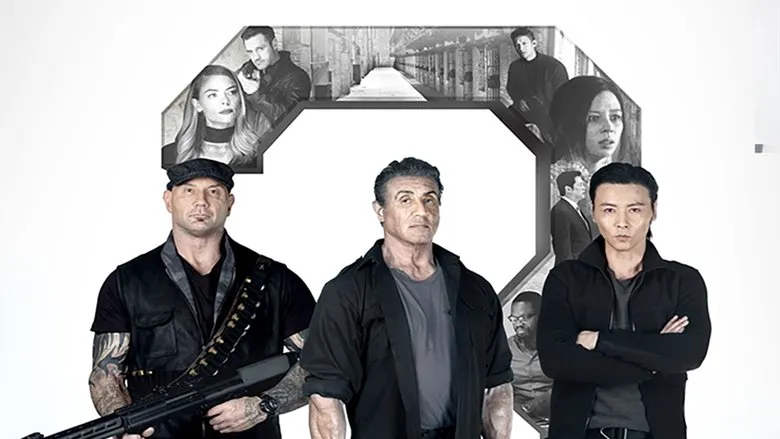
Conclusion: A Legacy of Missed Potential
In summary, despite beginning with a promising cast and considerable market expectations, the “Escape Plan” series unfortunately succumbed to its own internal shortcomings. The marked decline in ratings can be squarely attributed to a significant erosion in the quality of acting performances, the increasing flaws and predictability in plot design, the noticeable deterioration in special effects, and a general downturn in overall production value when compared to the well-received first film.
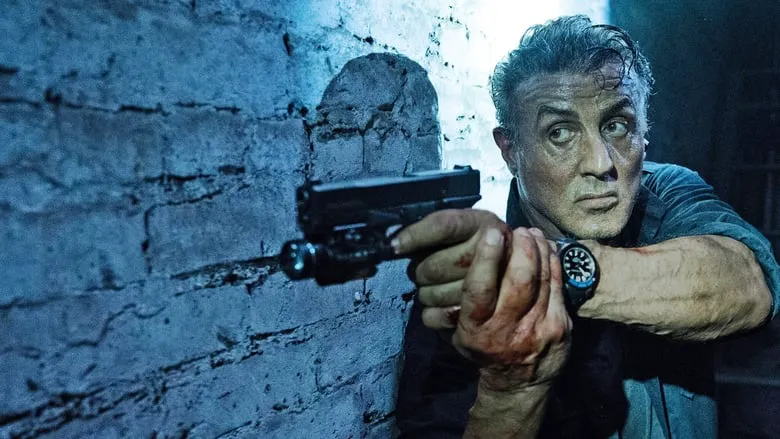
Ultimately, these sequels regrettably come across as generic American commercial films, seemingly driven less by a commitment to genuine artistic merit or compelling storytelling, and more by a straightforward pursuit of financial returns. They stand as a testament to how crucial consistency in quality and creative vision are for the longevity and success of a film franchise.